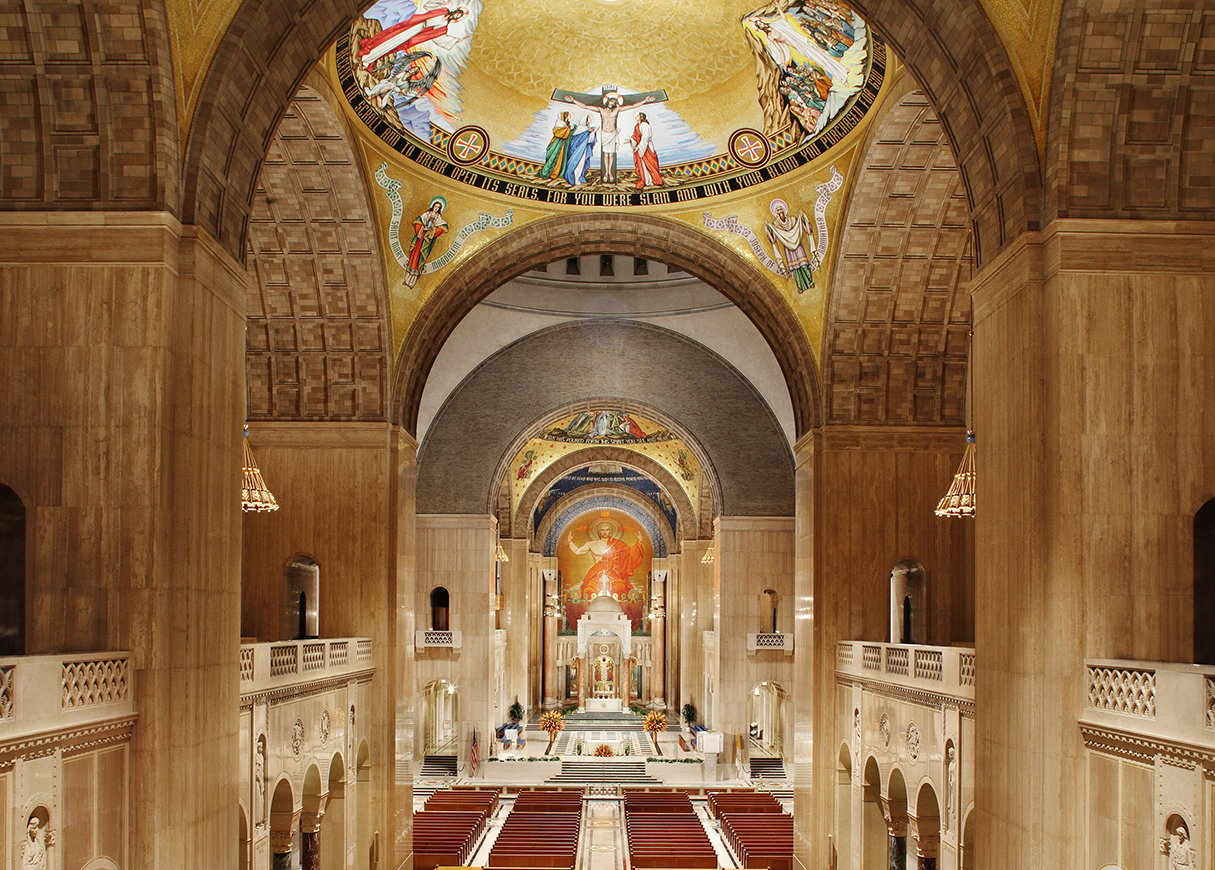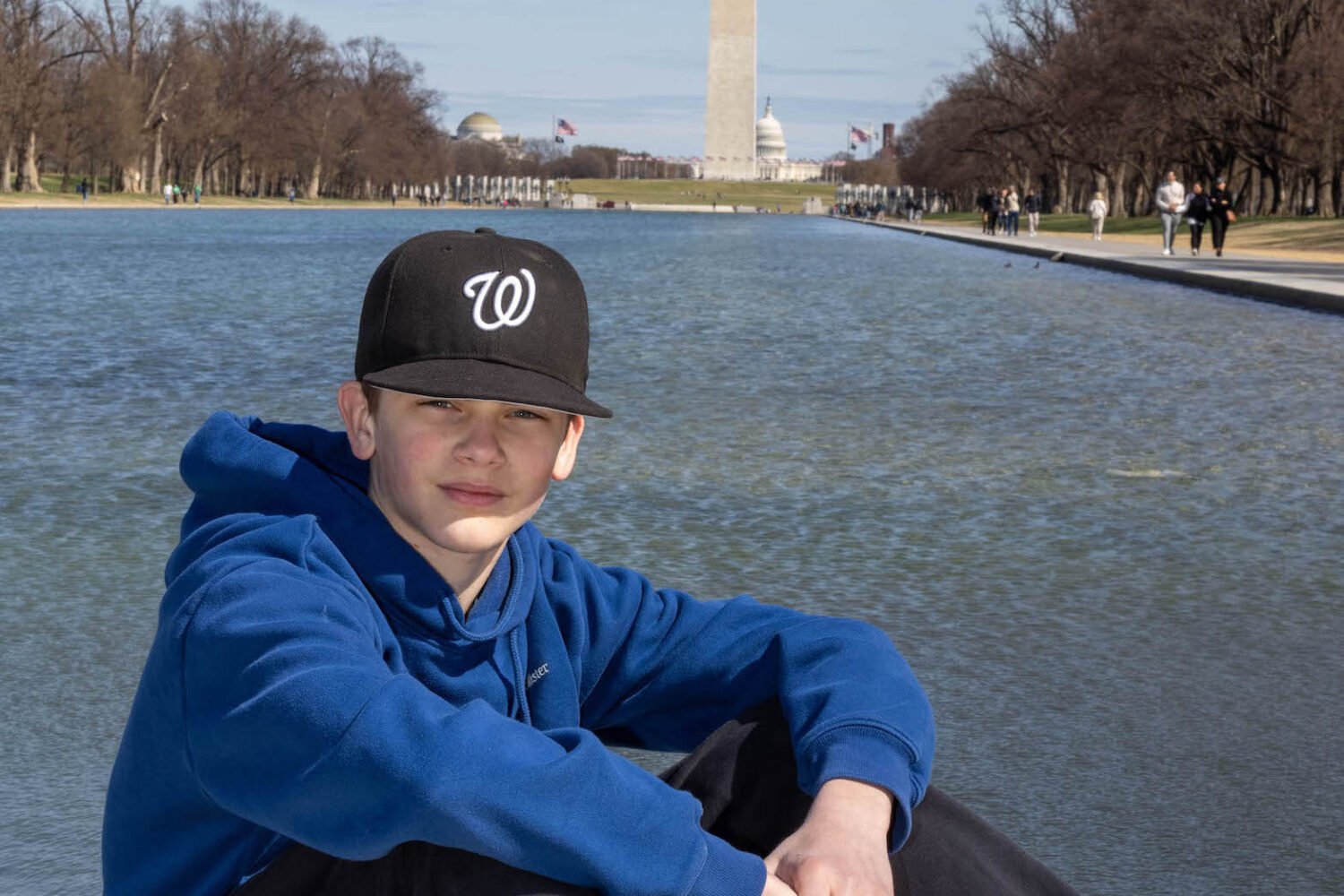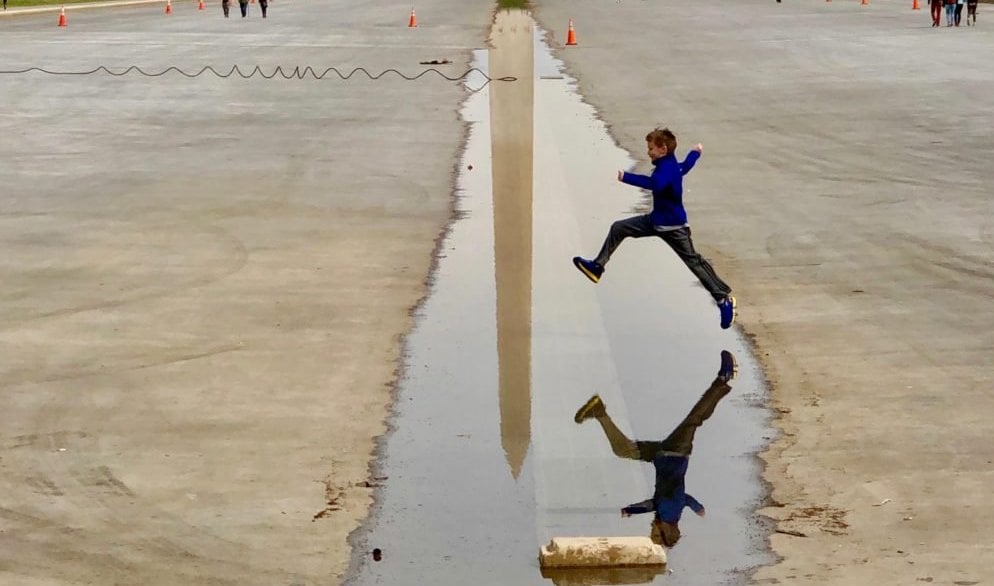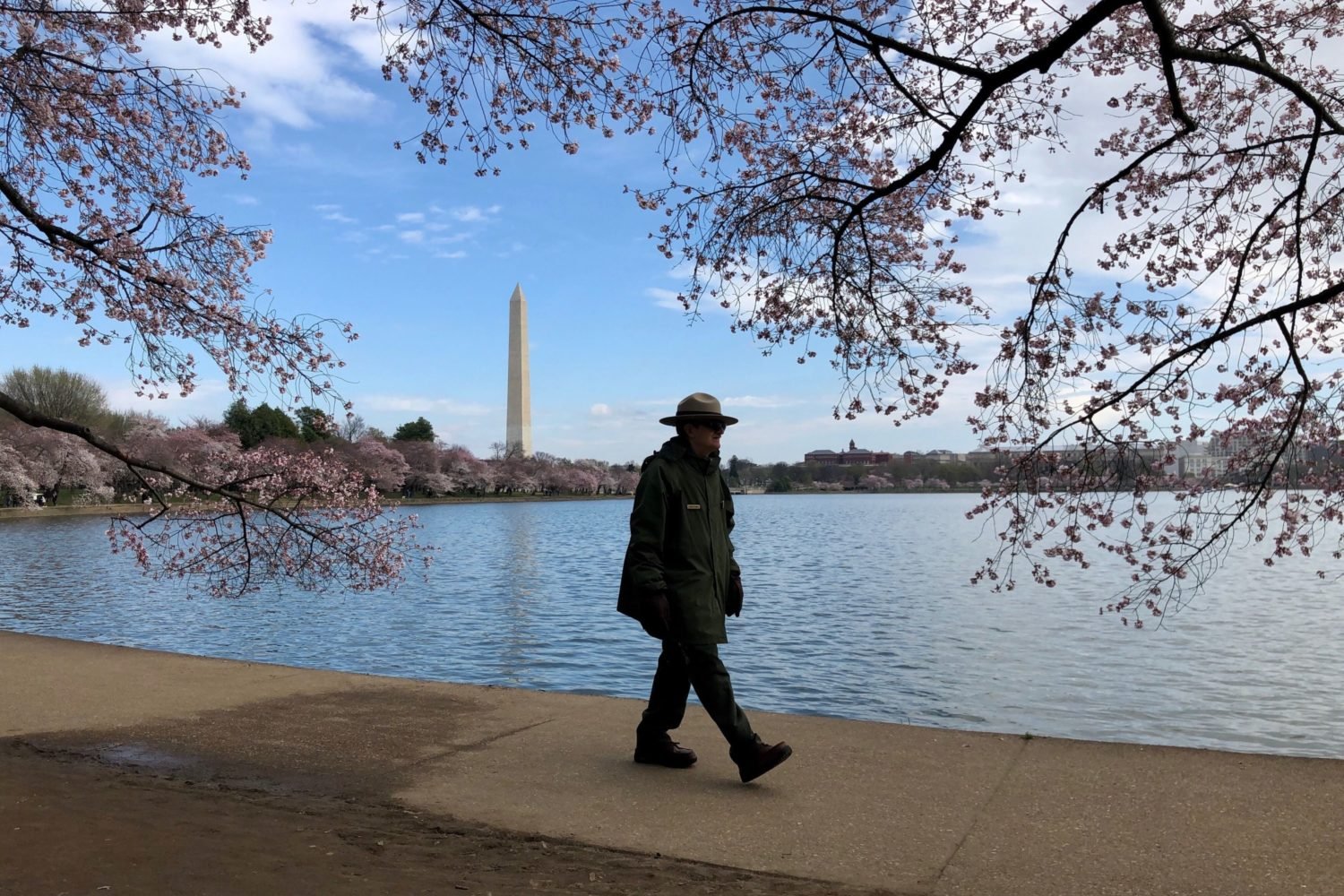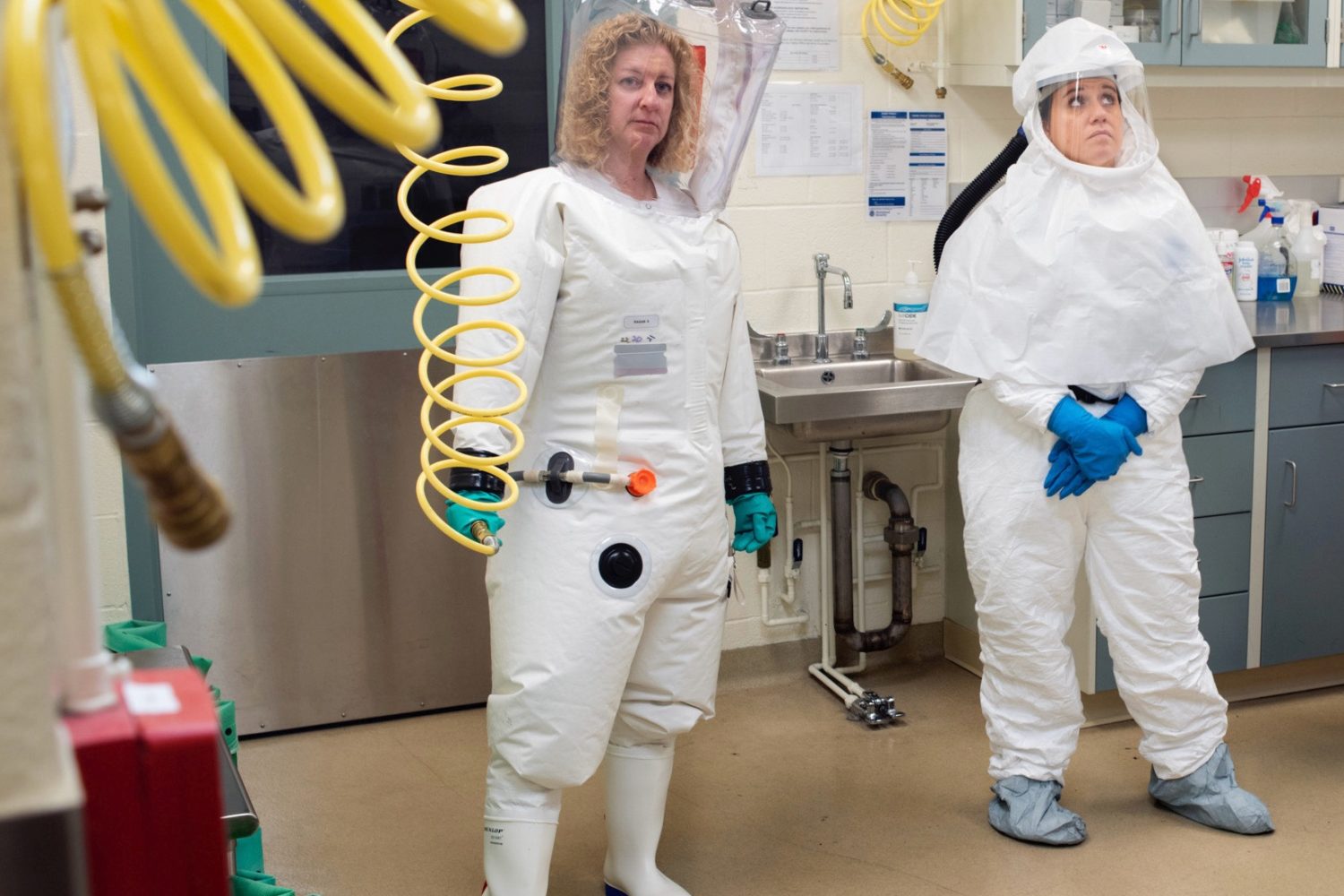About Coronavirus 2020
Washingtonian is keeping you up to date on the coronavirus around DC.
On March 11, Father Michael Eaccarino of Saint Constantine and Helen Greek Orthodox Church went to see his doctor about his awful cold. Expecting to be prescribed a regimen of chicken soup or a Z-pack, Eaccarino got a very different order. “The doctor said, ‘I don’t want you doing church on Sunday,’ ” Eaccarino says. “I said, ‘What are you talking about? We’re Greek Orthodox, we have church every single day. I can’t do that.’ And the doctor looked at me and said, ‘I’m going to say it again. Self quarantine yourself for your own good and the good of your parishioners.’”
Eaccarino recognized the severity of the oncoming crisis after that talk. He went back and closed down his entire parish that night.
Nearly a month later, all religious institutions are closed until further notice at a time when they’re needed most. In this scary and confusing new normal, people are grasping for the comforting, familiar, and the divine: A new Pew Research poll shows 55 percent of Americans have prayed for an end to the coronavirus pandemic. Among those praying, 15 percent said they never pray otherwise, and 24 percent said they are unaffiliated with any organized religion.
All over Washington, faith leaders have been working overtime to figure out how to be there for their communities. “It was just shocking, how quickly everything happened,” says Erin Keys, minister of Capitol Hill Presbyterian Church. “We had kind of an immediate triage to start figuring out things like what does worship look like [when churches are closed]? And how do you maintain a sense of community when the community cannot gather in person as they’re used to doing? As clergy, we don’t exactly receive training for [how to adapt to a global pandemic].”
But now, like classrooms, book clubs, trivia nights and happy hours, religious services and activities have moved online—and the faithful are making all kinds of unexpected discoveries about their ties to each other.
Amanda Poppei of the Washington Ethical Society (a non-theistic congregation) said her organization has a virtual coffee hour every Sunday after services, and that people have relished the opportunity to show off their pets.
“The delight that people have in seeing each other’s faces, looking at those tiny little pictures on the screen, it’s just really beautiful,” she says. “[People] go to a place of deep sharing pretty quickly because they need it so much. I have one congregant who had never owned a personal computer, and he happened to get a laptop the week before this all happened. He’s been on almost every Zoom check-in we’ve offered. He lives alone and he’s isolated; these check-ins are a lifeline for him.”
Others, like Father Matthew Fish, at Holy Family Catholic Church, have gotten creative outside of the digital world. After scrounging for spare materials in the church basement and rectory closets, Fish jerry-rigged a drive-thru confessional in his church’s parking lot, citing the importance of giving congregants the opportunity to “talk to God about what’s going on in their life to ask for his mercy, his forgiveness, his healing.”
Naturally, with technical changes and advancements come technical difficulties. Rabbi Sarah Krinsky of Adas Israel Congregation has been overseeing morning Zoom prayer sessions, where all participants are unmuted and encouraged to sing. “From an aesthetic perspective, it’s not great,” she says. “When people are singing, there’s a delay, and everyone’s off-key. No musician would approve of it.”
Krinsky and her congregants aren’t too bothered by the discord. “It’s one of my favorite moments of the day, that aharmonious singing,” she says. “The melody’s not important. Combining our voices, that’s the religious task here.”
April is a particularly inopportune time to have religious institutions closed, as this is the time of year when Christians will celebrate Easter, Jews will celebrate Passover, and Muslims will begin observing Ramadan.
“[Holy Week] is definitely something hanging over my head, because it’s the most important thing in the life of the Catholic Church,” Fish says. “The Easter Vigil Mass is this great, big, long Mass with all these parts. If I’m by myself, how am I going to do that?”
Krinsky is equally stressed about Passover. “Passover in general causes a lot of anxiety,” she says. “Not being able to travel is ratcheting that up right now [for people].” To ease some of the stress, the synagogue has offered a five-part series on how to have a Passover in the midst of a pandemic.
Fish, meanwhile, is contemplating some kind of outdoor, drive-in service where people could stay in their cars.
Others, like Monsignor W. Ronald Jameson of St. Matthew’s Cathedral, are trying to help parishioners shift their mindsets and find new ways to incorporate their faith and the story of Easter into the current moment. “Right now, in a sense, we are traveling that road [of suffering] with Jesus,” Jameson says. “[We’re on] that suffering path that led him to the cross. We’re on that journey with him, and we can put ourselves in his presence at that time.”
Amidst having to juggle complicated new logistics and care for their congregants, faith leaders are having to cope with the pandemic themselves. Not to mention, it’s been difficult for them to be apart from their congregants. Though most have been making phone calls, texting, and even taking walks with members (when it was still permissible), it’s not the same as getting to see your flock in the flesh.
“I’m a people person,” says Jameson. “On Sundays, I go around to the pews saying hello to everyone before and after Mass. [Missing things like that] for me is very, very hard. Because I try very hard to follow the principle that Jesus taught, that we should be like Jesus toward others and to see Jesus in those around us as well.”
At the same time, many have found moments of grace in the hardship. Father Rámon Dominguez, who works in youth ministry at Arlington’s Don Bosco center, says younger parishioners have stepped up to lead the majority of the Archdiocese’s service programs, replacing the traditional guard of older volunteers who have had to stay home to protect their health.
Poppei notes that offering services online has increased the accessibility and reach of her congregation (she’s had people log in to watch from as far as Puerto Rico), and says her congregants have loved the ability to message one another in a massive Zoom groupchat during the service. “People have said they want to keep the chat going [once things return to normal],” she says. “My older daughter is 12, and she got on the chat at some point and shared her commentary on a story I was telling and how I do the voices for the characters. My congregants thought it was pretty hilarious to get to see my 12-year-old’s commentary on her pastor mom.”
Krinsky was apprehensive about so much change so quickly, and worried that an institution like a synagogue wouldn’t translate to a time like this. She found herself surprised that the opposite was actually true. “[Leading my first Shabbat after we closed,] I felt like I could look around this empty room and think, ‘oh the person who sits there, I bet they’re watching,’ or ‘oh, I know the person I called yesterday is going to be logged on’,” she says. “Even in that very surreal, eerie experience, I still felt connected to the people I knew were on the other side.”

